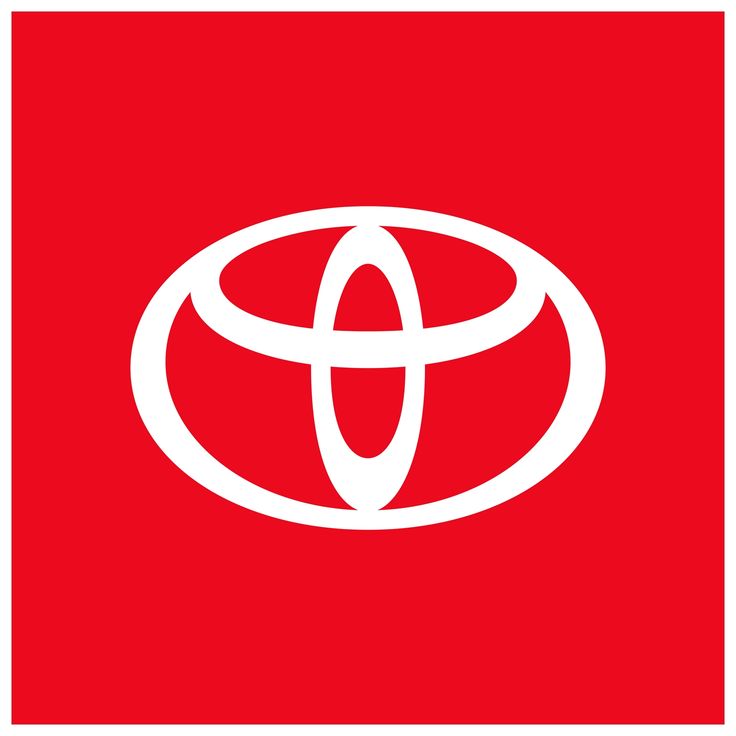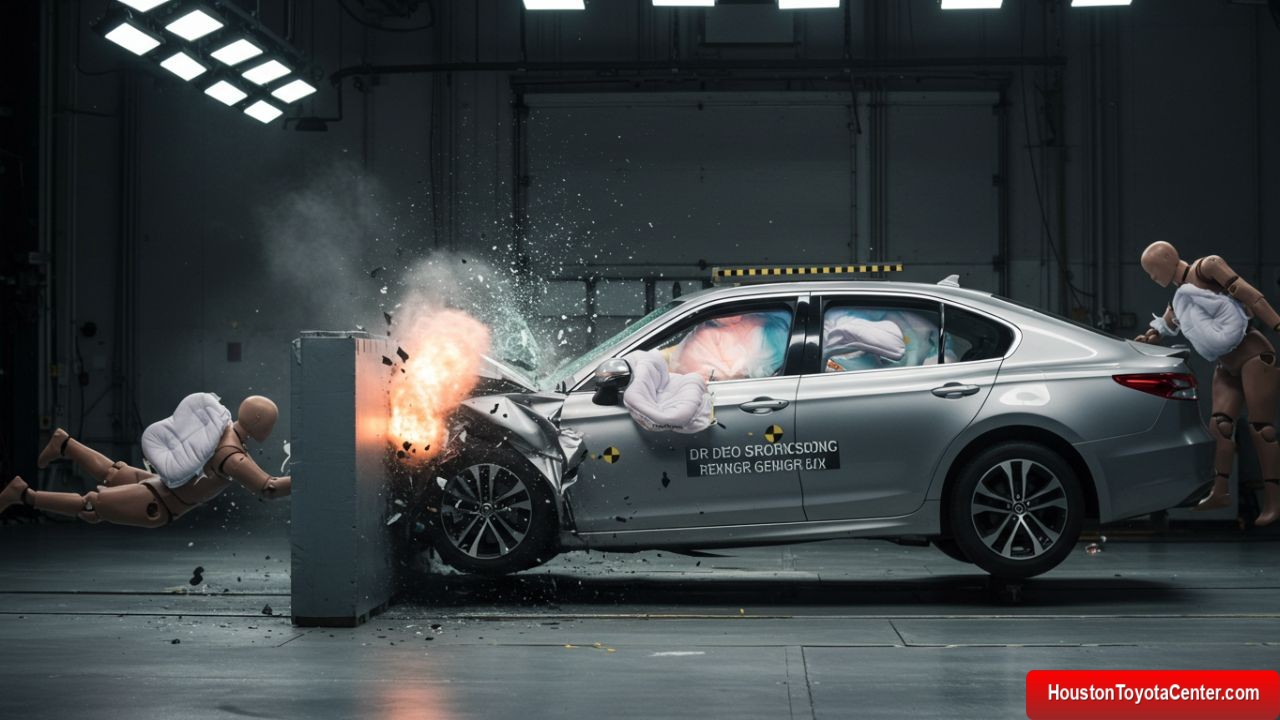Car safety has become one of the most critical aspects of modern automotive design. While decades ago performance, looks, and affordability were the main priorities, today safety ratings play a decisive role in how consumers choose their vehicles. Automakers proudly display “5-star crash test ratings” in advertisements, but what does that really mean for you, the driver and your family?
This article dives deep—over 3000 words—into the world of crash test ratings, how they’re conducted, who performs them, the differences between agencies, and most importantly, how to interpret them to make safer choices.
🚗 Why Crash Test Ratings Matter
Imagine buying a new car solely based on its design, price, or engine performance. Then, months later, you discover it performs poorly in real-life crash scenarios. Unfortunately, many drivers don’t understand how much crash test ratings impact real-world survival rates in accidents.
Crash tests exist to:
FREE: Quickly identify and understand problems with your vehicle 🚘
CLICK HERE- Simulate real-world collisions under controlled laboratory conditions.
- Measure vehicle safety systems such as airbags, crumple zones, and seatbelt performance.
- Identify weak points in vehicle structure that may lead to severe injuries.
- Help consumers compare vehicles fairly, beyond marketing claims.
In short: Crash test ratings save lives.
🛡️ The Main Organizations Behind Crash Test Ratings
Different countries have their own safety organizations, but two dominate in the United States:
1. NHTSA – National Highway Traffic Safety Administration
- Government-run agency.
- Uses the 5-star safety rating system.
- Performs frontal, side, and rollover tests.
- Focuses on basic crashworthiness and ease of use for consumers.
2. IIHS – Insurance Institute for Highway Safety
- Independent, non-profit funded by insurance companies.
- Uses Good, Acceptable, Marginal, Poor grading system.
- Conducts more detailed and challenging tests like the small overlap frontal crash.
- Also evaluates headlight performance, roof strength, and crash prevention tech.
Other international agencies include Euro NCAP (Europe), ANCAP (Australia), and JNCAP (Japan). While their methodologies differ slightly, the overall goal remains: evaluate how well a car protects its occupants in crashes.
🧪 How Crash Tests Are Performed
Crash tests are highly technical. Engineers use crash dummies, high-speed cameras, and sensors to simulate the violence of an accident.
Key Crash Test Types:
- Frontal Crash Test
- Vehicle driven into a barrier at around 35 mph.
- Tests head, chest, and leg injuries.
- Side Impact Test
- Simulates being hit by another car at an intersection.
- Evaluates torso and pelvis protection.
- Small Overlap Front Crash Test (IIHS specialty)
- Only part of the car’s front hits an obstacle.
- Extremely challenging for vehicle structures.
- Rollover Resistance Test
- Measures the vehicle’s likelihood of tipping over.
- SUVs and trucks often face higher rollover risk.
- Rear Crash Test
- Assesses head restraints and seats to prevent whiplash injuries.
- Pedestrian Safety Tests (Euro NCAP)
- Evaluates how safe a car is for pedestrians struck by the vehicle.
📊 Example Crash Test Results
Here’s a simplified example of how two popular vehicles might compare under NHTSA and IIHS:
| Vehicle Model | NHTSA Overall Rating | IIHS Small Overlap | Rollover Risk | Headlight Rating |
|---|---|---|---|---|
| Toyota Camry | ⭐⭐⭐⭐⭐ | Good | 10% | Acceptable |
| Ford Explorer | ⭐⭐⭐⭐ | Marginal | 18% | Poor |
Note: These results are hypothetical for illustration purposes.
This table shows why relying on just one test (like NHTSA’s 5-star score) can be misleading. A car may score 5 stars overall but perform poorly in IIHS’s stricter evaluations.
🔍 What Do the Ratings Really Mean?
NHTSA’s 5-Star Ratings
- 5 Stars – Excellent protection.
- 4 Stars – Above average, still safe.
- 3 Stars – Acceptable, but weaker protection.
- 2 Stars – High risk of injury.
- 1 Star – Poor protection; avoid if possible.
IIHS’s Scale
- Good (G) – Best possible protection.
- Acceptable (A) – Adequate, but not top-tier.
- Marginal (M) – Weak protection in critical areas.
- Poor (P) – Fails to provide sufficient safety.
🧍 The Role of Crash Test Dummies
Crash test dummies are not simple mannequins. They are high-tech anthropomorphic test devices (ATDs) equipped with sensors.
- Adult male dummies (50th percentile) represent the average man.
- Small female dummies (5th percentile) represent smaller occupants.
- Child dummies simulate children at different ages and sizes.
These dummies measure:
- Head injury criteria (HIC)
- Chest compression
- Neck loads
- Leg and pelvis forces
🚦 Safety Beyond the Ratings
While crash tests are crucial, they don’t tell the whole story. Other safety features matter:
- Electronic Stability Control (ESC) reduces skidding.
- Automatic Emergency Braking (AEB) prevents collisions.
- Blind-Spot Monitoring helps avoid lane-change accidents.
- Adaptive Cruise Control keeps safe following distances.
- Advanced Airbag Systems deploy at different speeds for protection.
A vehicle with average crash ratings but excellent active safety tech might be safer in daily use than a 5-star car without those systems.
🧠 The Psychology of Safety Ratings
Consumers often misunderstand crash test scores.
- Many assume all 5-star cars are equally safe—not true.
- A 5-star compact car is not as protective as a 5-star SUV.
- Weight and size still matter: in a collision between a large SUV and a small sedan, the SUV usually wins.
This is why crash test ratings should be compared within the same vehicle class.
🌍 Global Differences in Crash Testing
Crash safety varies worldwide.
- In Europe, Euro NCAP includes pedestrian and cyclist protection.
- In developing countries, many cars sold lack airbags or basic crash structures, often scoring zero stars in Global NCAP tests.
- In Japan, crash ratings emphasize technology like lane-keeping assist.
This means a car with a good rating in one market may not perform the same in another.
💡 How to Use Crash Test Ratings When Buying a Car
When shopping for your next vehicle:
- Look at both NHTSA and IIHS ratings.
- Focus on crash categories that matter most. For example, if you drive highways often, prioritize frontal crash ratings.
- Check headlight ratings if you drive frequently at night.
- Consider advanced driver-assist technologies.
- Compare vehicles within the same size/weight class.
🔒 The Future of Crash Testing
With electric vehicles (EVs) and autonomous cars, crash tests are evolving.
- EV battery fires add a new safety dimension.
- Self-driving cars require testing not only in crashes but also in crash avoidance.
- Future dummies may measure brain injuries more precisely.
Agencies are constantly adapting to keep up with technology and ensure ratings stay relevant.
📝 Final Thoughts
Crash test ratings are not just numbers or stars—they are the difference between life and death in an accident. Understanding how they work allows you to:
- Choose safer vehicles for your family.
- Avoid misleading marketing claims.
- Balance safety with features and price.
Next time you see a commercial boasting about a “5-star crash rating,” you’ll know exactly what that means—and how to dig deeper to ensure the car truly protects you.
Your safety is worth the research. 🚙💥🛡️


Leave a Reply